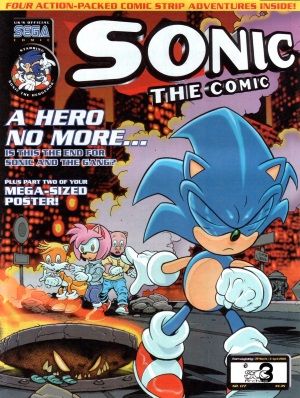On a balmy summer morning in Tokyo, Japan, over three thousand people stood outside the Tokyo International Forum waiting for a glimpse of what was claimed to “set a new futuristic standard for gaming.” A piece of software that would outpace and outclass anything that had come before. For the last month, the game had been teased online, alluded to in magazines, and was advertised on television, radio, and even the Yamanote train line before a single screenshot had been shown to the public. The hype was building, but the only way to know if this game could live up to such expectation would be to see it in person. What better way than being crammed into a theater with a thousand other die hard Sega fans?
Twenty five years ago, in a dark theater, a game that would define the Sega Dreamcast was announced to the world in spectacular fashion. Sonic Team had returned to its namesake, and was ready to finally show everyone what they had been working on: Sonic Adventure.
But was it enough? Not just for the Sega faithful, but for those who drifted away during the Saturn era? Could this be the saving grace of Sega on a worldwide scale, and establish the Dreamcast as the cutting edge of the gaming world?





